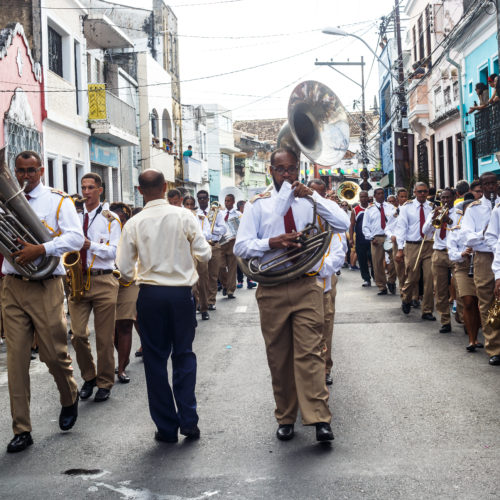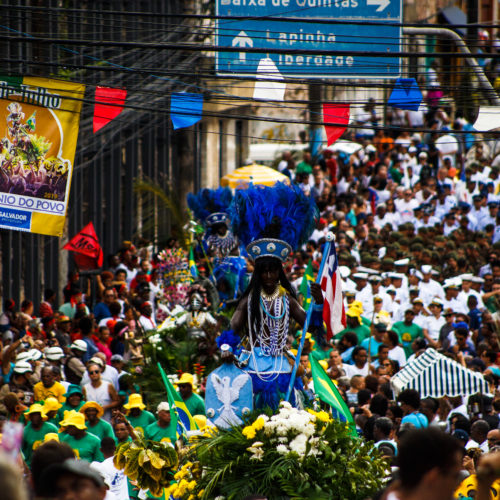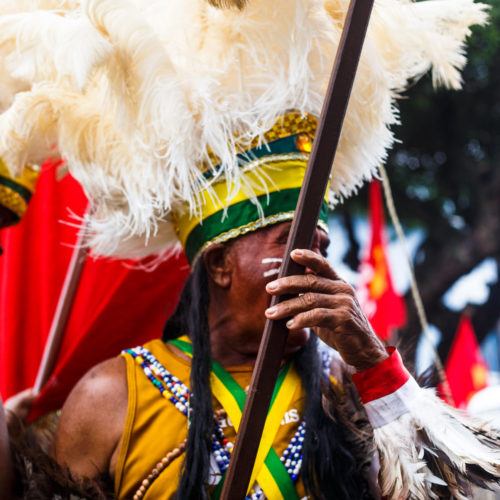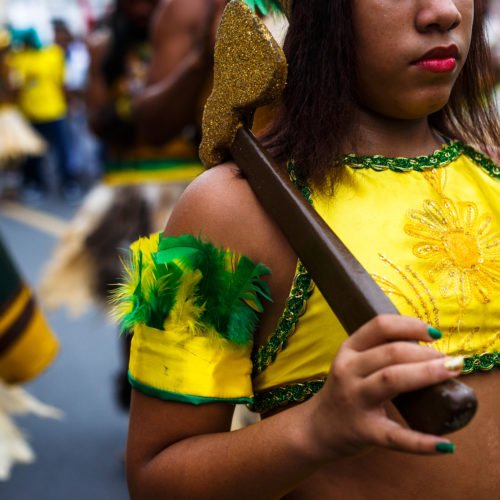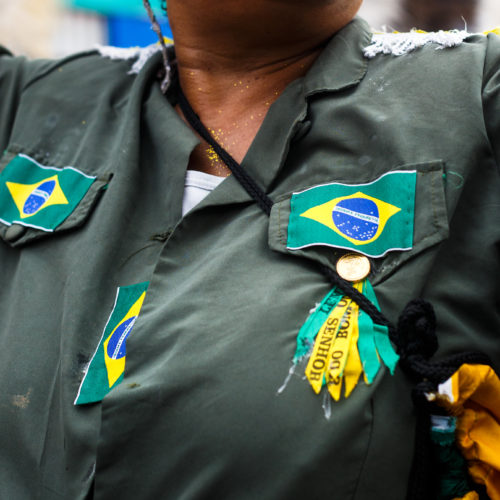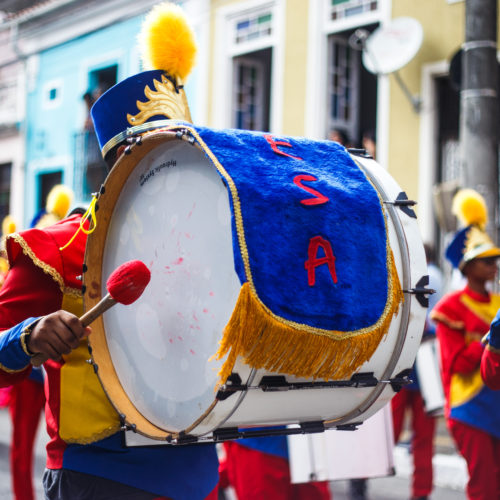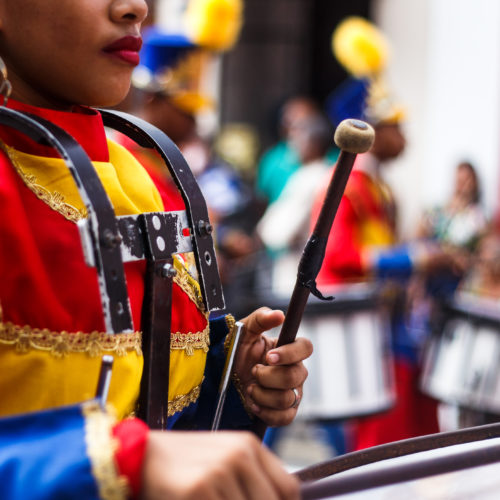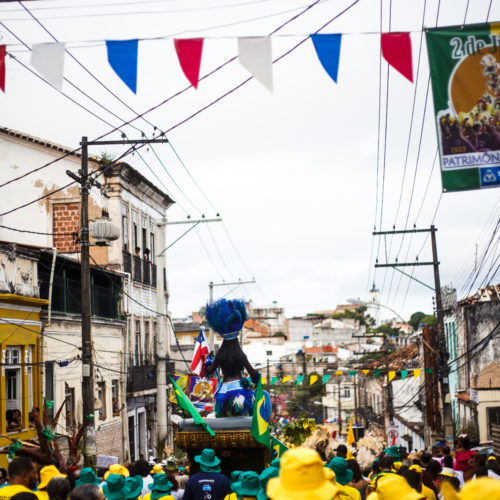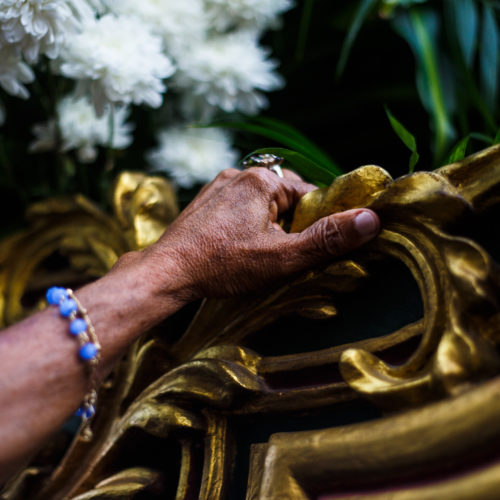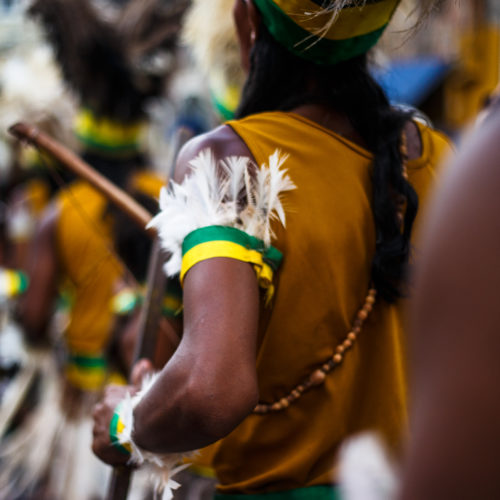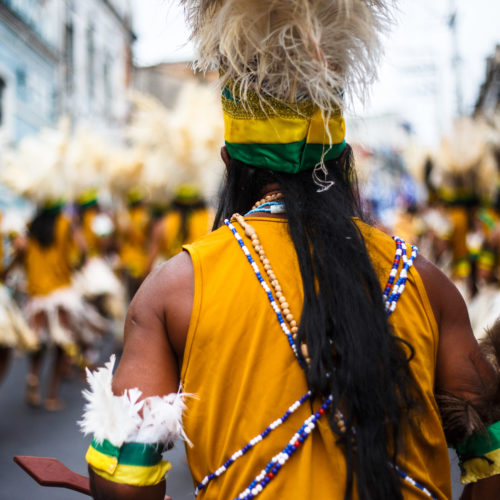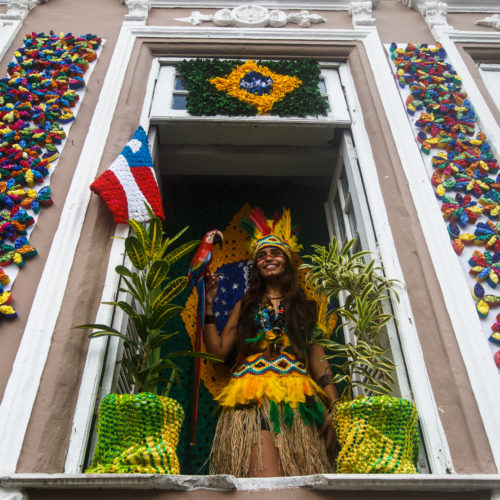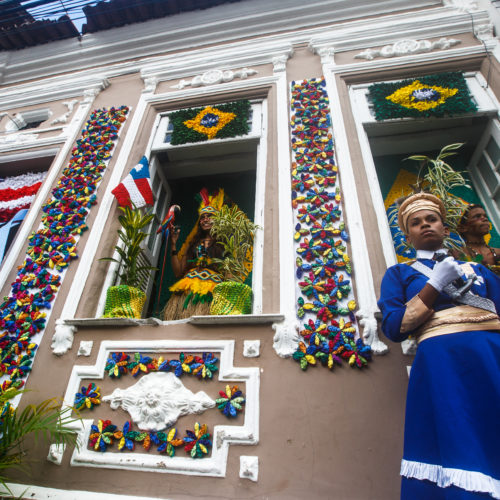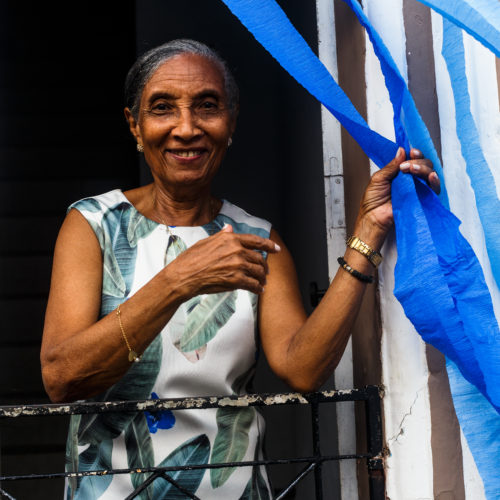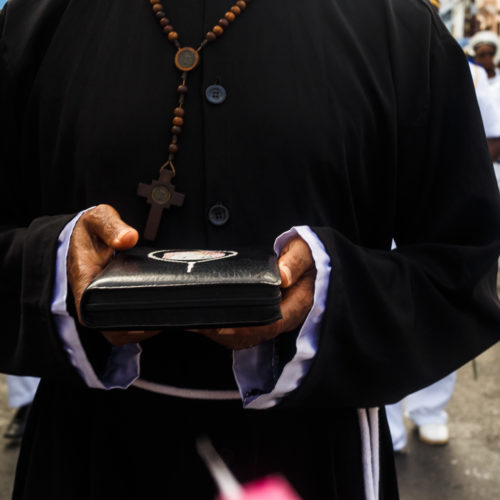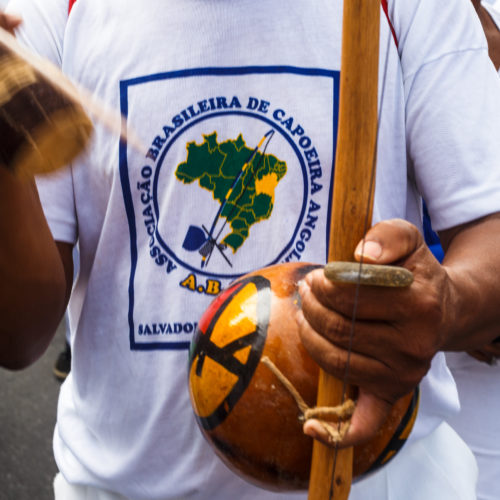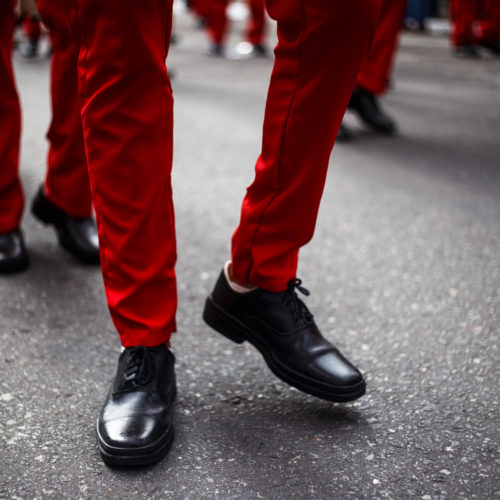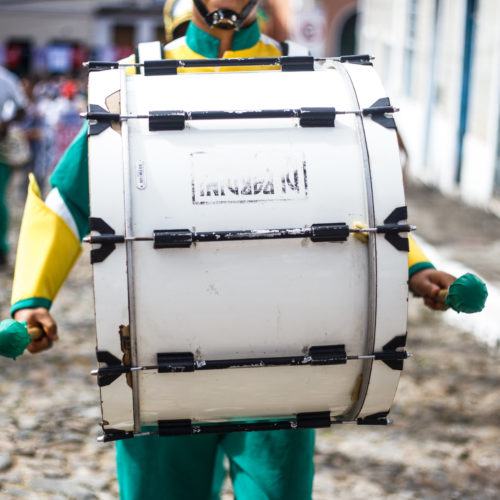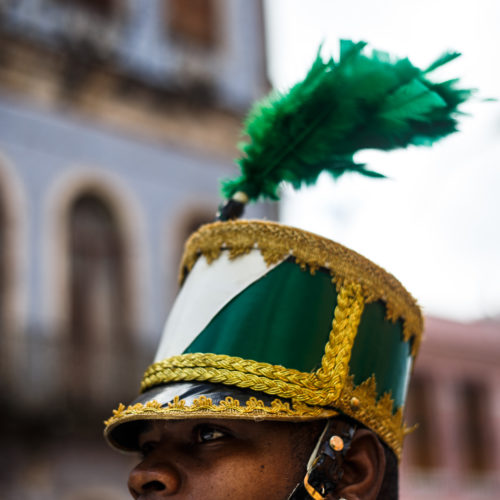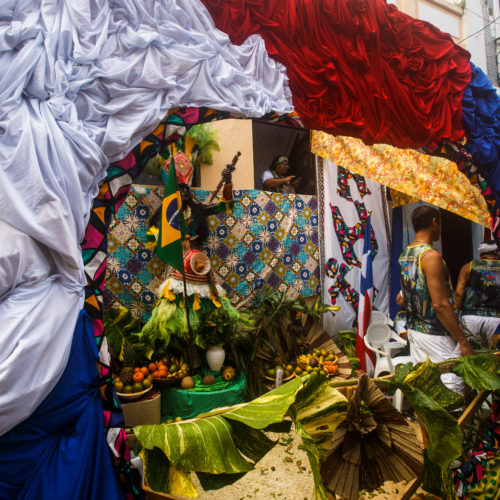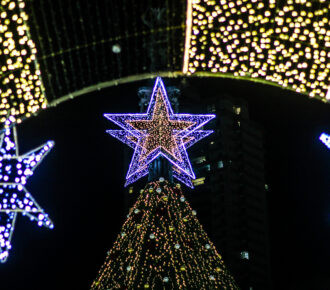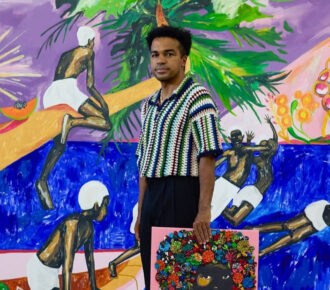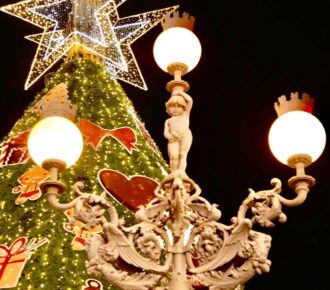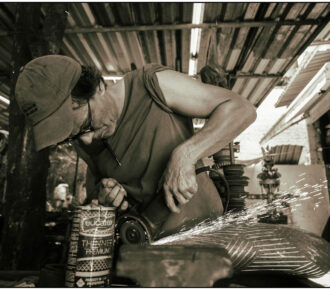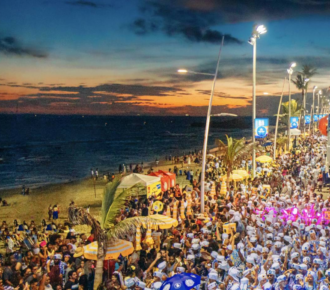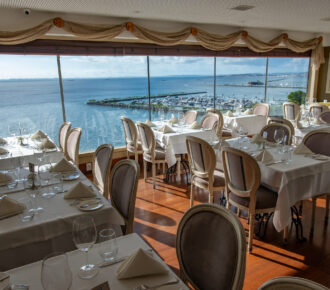
The convergence of forces across the country that almost no one knows
A popular Bahian Festival full of meaning that has been rediscovered by tourists
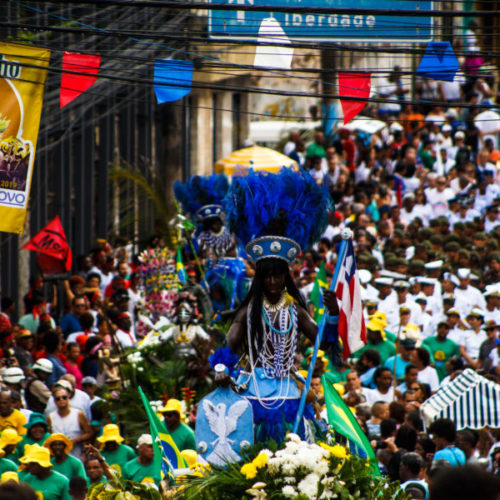
In the dawn of 2 of July in 1823, Salvador city woke up almost deserted: the Portuguese army left in definitive the province of Bahia. They say* the day was beautiful, without the June rains. The sun was shining!
The Bahians know this date as the Independence of Brazil in Bahia, which celebrates the victory of the Brazilians in the war waged in the then province of Bahia, for more than 17 months (February 1822 to July 1823) against the Portuguese troops. With the victory of the Brazilian Army and Navy in Bahia, the political separation of Brazil from Portugal was consolidated.
The 2 of July remained in the patriotic reverence of the Bahians who have since established the tradition of celebrating it annually with the re-entry of the Peacemaker Army in Salvador city. Did you already know this story? So come with us and, even better, schedule yourself to see it live, attending the party!
From the Beginning – The Symbolic Fire and Te Deum ** in the Basilica
The first step is the symbolic fire that represents the union of peoples who fought for independence. The fire is lit on June 30 in the Church of Our Lady of the Rosary, in Cachoeira, in the Bahian recôncavo. On the same day, the Te Deum is also celebrated for the Independence of Brazil in Bahia, a commendation in Salvador Basilica Cathedral, in Terreiro de Jesus, Pelourinho.
The symbolic fire rite is represented by a flame in a torch that crosses several cities and is passed from hand to hand by amateur athletes, army officers, professional athletes, artists and political leaders to Salvador city in the neighborhood of Pirajá, where a pyre is lit on July 1.
The History Characters and Symbolic Figures
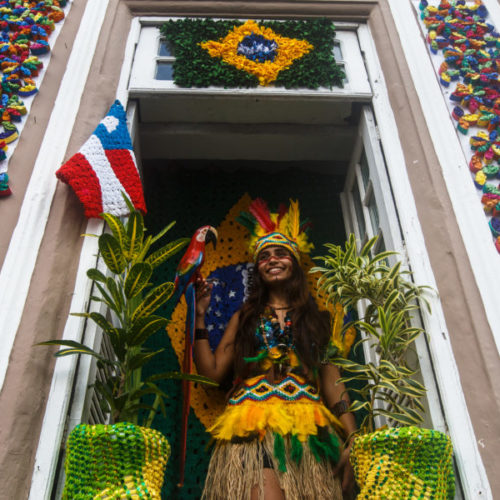
The 2 of July festivity has always been linked to popular causes. The figures of Maria Quitéria, Joana Angélica, Corneteiro Lopes and João das Botas speak of a very different imaginary from what we have of the independence of Brazil. The battle has generated its heroes, in this case, almost all originating from the population’s poorest sections, and honored until today with affection by the Bahians. They are unforgettable names in this saga that don’t exist in the Brazilian History textbooks and, therefore, are unknown for the majority of Brazilians. Later, the symbolic figures of Caboclo (male) and Cabocla (female) were added. Today they are “the stars” of the procession, going on emblematic cars.
Caboclo and Cabocla represent the army that fought in the war formed by regular and volunteer soldiers, poor white people, Tupinambás, freed black people and enslaved people sent by their masters. Along the way, these two symbolic figures receive flowers, fruit and messages with wishes from people. The famous Bahia expression “Go crying at the caboclo’s feet” came from there.
The path traveled by the procession
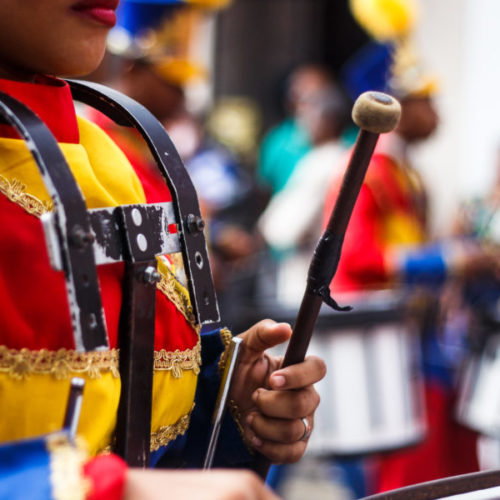
On July 2, the procession traces the way the army went through the streets, theoretically doing the same route they would have done when they arrived in the city, taking the forts and quartering in convents, churches and barracks.
The festival starts at Largo da Lapinha, where fireworks, the National Anthem and flag raising take place. There is also the placing of flowers, by the authorities, at the monument to General Labatut – French military who commanded the Peacemaker Army. In this walk, which passes through the Soledade Convent, towards the neighborhood of Santo Antônio Além do Carmo, you can see the houses decorated with the flags in the colors of Brazil and the state of Bahia. This is also due to a traditional award for the best façade, which encourages the residents to participate in the party.
Afterwards, the procession continues stopping at several points until Pelourinho. When arriving at the Church of Our Lady of the Rosary of the Black People, there is a beautiful tribute. The Brotherhood of Our Lady of the Rosary of the Black People was founded in the year 1685 and elevated to the category of Third Order on July 2, 1899. A double festive date. The homage begins with a mass at 7am and then, with the arrival of the emblematic cars, they place floral wreaths in the images of Caboclo and Cabocla.
Going ahead from the Historic Center to Rio Branco Palace, the cars stop, returning around 2pm. It is at this moment that a Civic Ceremony takes place in the 2nd Naval District in Commerce. Afterwards, the procession continues to Campo Grande, where the flag hoisting by authorities happens, as well as the National Anthem execution by the Navy, Army and Aeronautics music bands. There’s also the placement of floral wreaths in the Monument on July 2 by the present authorities; lighting of the Symbolic Fire pyre – which is usually of a great Bahian athlete; and execution of the 2 of July Anthem.
At the end of the day, from 5:30 p.m. to 9:30 p.m., there is the Encounter of Philharmonics from Cachoeira, Saubara, Santo Amaro da Purificação, São Francisco do Conde, Candeias, Simões Filho and others.
The Cabocla’s Return
After days of exposure in the Campo Grande square, for contemplation and popular devotion, the cars with the figures of Caboclo and Cabocla make the journey back on July 5th. The celebrations are closed with the procession of the emblematic cars to Lapinha, with the participation of Orchestras like Maestro Reginaldo de Xangô, fanfares and cultural groups.
The war for independence was a convergence of forces across the country that few people know about. The purpose of the party is to be from the people to the people, being one of Salvador greatest ones. Discovering the stories of Brazil’s first capital is to understand our own country formation.
https://www.salvadordabahia.com/en/o-2-de-julho-independencia-do-brasil-na-bahia/
By Fernanda Slama
Content Coordinator
Service
Geographic and Historical Institute of Bahia (IGHB)
(Where the emblematic Caboclo and Cabocla cars are placed during the year)
Nº Piedade, Av. Joana Angélica, 43 – Nazaré, Salvador – BA, 40050-001.
More information by phone: (71) 3329-4423
Sources:
Book: História da Bahia, by Luís Henrique Dias Tavares, historian, professor emeritus of the Federal University of Bahia (UFBA).
Book: Irmandade do Rosário dos Pretos – Quatro séculos de Devoção – uma realização da Venerável Ordem Terceira do Rosário de Nossa Senhora às Portas do Carmo Irmandade dos Homens Negros.
Reading of the interview “Uma guerra na Bahia” (A war in Bahia), made by the journalist Mariluce Moura with the historian Luís Henrique Dias Tavares about the book: “Independência do Brasil na Bahia”, also by the historian.
Note: “They say* the day has risen beautiful, without the June rains. The sun was shining!” – The same story was told by different people in the construction of this article. Both in the books and in the interviews, as well as the curious and Bahia lovers, they told in their own way that the day raised without clouds and the sun reigned on July 2, 1823.
Note: Te Deum ** (To You, God!) is a hymn of the Liturgy of the Hours, prayed on Sundays and solemn days. This hymn was composed by St. Ambrose and St. Augustine, in the year 387, in Mission, on the occasion of St. Augustine’s baptism.

